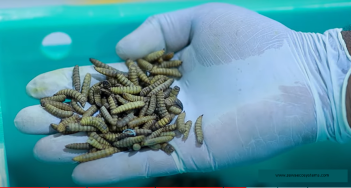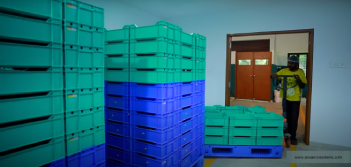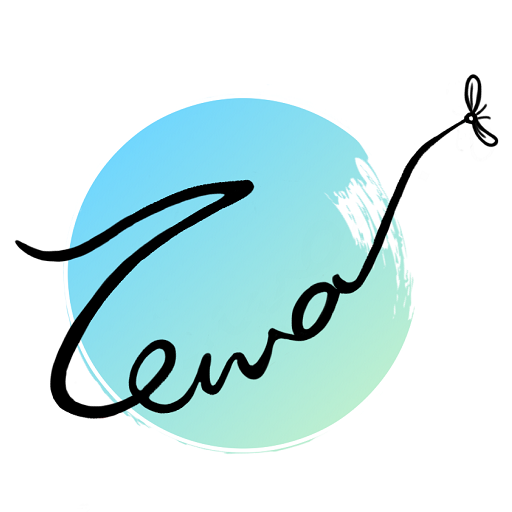Insect Farming is an innovative yet sustainable method of agriculture. Farming edible insects like black soldier flies, crickets or other species for human consumption as well as animal feeds is gaining tremendous popularity these days. Insects are an integral part of food chain. The role played by insects to contribute to a zero-waste society is crucial. Raising insects for food can be a game-changer in finding solutions for some of the major challenges encountered in 21st century.
There are various insect farming companies out there which successfully apply the potential of vertical farming concept. Zewa is one of the several biotechnology companies which is using this method of cultivation. The scope of insect protein in human diet and animal feeds including livestock, poultry, ornamental fishes and birds is evident. Fish feeds specifically made of freshly harvested black soldier flies turns out to be an excellent source of nutrition and immunity booster in aquaculture.

What is Vertical Farming?
Vertical Farming is the process of growing crops in stacked layers arranged vertically with one stack over the other. It requires a controlled room/environment or glasshouse which needs to be monitored carefully. The possibilities of vertical Farming in insect cultivation have been identified by various insect farming companies and it’s been applied in the production process recently. Farming insects in vertically stacked trays helps in constant monitoring and easy to handle as well. The integration of technologies such as IoT, Big Data, Artificial Intelligence and Augmented Reality can be used in commercial Insect cultivation which uses vertical farming method. This helps in process automation, automated adjusting of temperature, pressure, humidity, airflow and other factors using various sensors installed in the farm which helps in better growth and production.
 Advantages of Vertical Farming
Advantages of Vertical Farming
The main advantage of vertical Farming is that it takes up less space compared to other forms of cultivation. Better space utilization results in more productivity per unit area. It is easier to handle as the cleaning and setting up of farming arrangement is quite simple.
The insect farming in vertical mode is carried out under sterile conditions ensuring maximum output with minimum space and available resources. We require only less labor than the traditional methods of farming. The use of water can also be reduced by switching to vertical farming. With our experience, we can state that vertical insect farming is a much efficient process which helps increase in production by optimum use of resources.
Conclusion
With the vast potential of vertical farming opportunities in insect cultivation process, it is possible to innovate sustainable food systems by integrating insects into the heart of food chain. As commercial insect farming is still at its infancy in India, more investments and support are required to make it an economically viable business opportunity. Several process equipment, machineries for insect rearing and harvesting, system design parameters, economic feasibility and production optimization is under constant research at Zewa using relevant data collection, analysis and proper estimation which makes us one of the best innovative biotechnology companies in India.
Recent Comments
If you have any questions or need help, feel free to contact with our team.
Rural Apparel Park
Thalikkulam Vikas Trust
Thrissur, 680569






